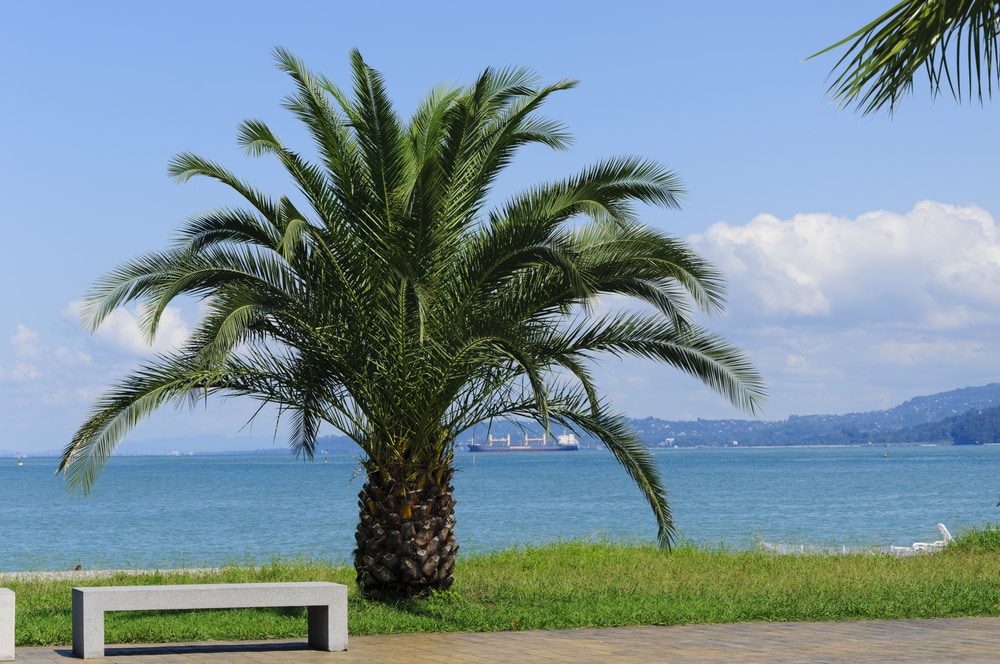The pygmy date palm, scientifically known as Phoenix roebelenii, stands as a testament to nature’s elegance. In this comprehensive guide, we’ll delve into the intricate details of this mesmerizing plant, exploring its origin, cultivation, and the secrets to its lush, tropical allure.
The Origin Story
Unraveling the pygmy date palm’s roots, we discover a native of Southeast Asia. With a natural habitat spanning from southwestern China to northern Laos and Vietnam, this palm species has found its way into gardens and landscapes worldwide.
Cultivation and Care Tips
Choosing the Right Location Selecting an ideal spot is crucial for the pygmy date palm’s well-being. These resilient plants thrive in well-drained soil, preferably with a slightly acidic to neutral pH. When planting, ensure the area receives ample sunlight, fostering healthy growth.
Watering Wisdom While the pygmy date palm is adaptable, it appreciates regular watering. Keep the soil consistently moist, especially during the growing season. However, avoid waterlogging, as these palms prefer well-draining conditions.
The Mesmerizing Aesthetics
Feathery Fronds and Compact Size One of the pygmy date palm’s standout features is its feathery fronds, creating an ornamental spectacle. With a compact size, it’s an ideal choice for both indoor and outdoor settings, adding a touch of tropical allure to any space.
Adaptable to Container Gardening Due to its manageable size, the pygmy date palm thrives in containers, making it a versatile choice for urban dwellers or those with limited garden space. Container gardening allows for easy placement and movement, providing flexibility in design.
Burst of Colors: Varieties of Pygmy Date Palm
Diving into the rich palette of pygmy date palms, we encounter variations in leaf color and size. From the classic green to vibrant shades of blue and silver, each variety brings a unique charm to the landscape.
Caring for Your Pygmy Date Palm During Different Seasons
Spring Awakening As spring approaches, pay attention to new growth. Provide a balanced fertilizer to support the palm’s nutritional needs during this active growth period.
Summer Splendor Amid the summer heat, shield the pygmy date palm from direct sunlight during peak hours. Regularly water to combat dehydration, ensuring the soil remains consistently moist.
Fall Prep In preparation for the cooler months, trim any damaged fronds and apply a layer of mulch around the base. This safeguards the roots and maintains soil temperature.
Perplexity in Pygmy Date Palm Landscaping
Balancing the perplexity in landscaping involves strategic placement and design. Incorporate the pygmy date palm as a focal point, complementing it with contrasting plants and textures. This not only enhances visual appeal but also showcases the palm’s inherent beauty.
Conclusion
The pygmy date palm stands as a botanical masterpiece, captivating enthusiasts with its grace and adaptability. Whether gracing a tropical garden or adorning a living room corner, this palm brings a touch of paradise to any setting.
FAQs
How fast does the pygmydate palm grow?
The growth rate varies, but on average, it adds around 6 to 10 inches in height each year.
Can I grow a pygmydate palm indoors?
Absolutely! The pygmydate palm is well-suited for indoor cultivation, provided it receives adequate sunlight.
What pests should I watch out for?
Keep an eye out for spider mites and scale insects. Regular inspections and neem oil application can help control these pests.
How often should I fertilize my pygmydate palm?
Fertilize every 2-3 months during the growing season with a balanced, water-soluble fertilizer.
Is the pygmydate palm pet-friendly?
While generally safe, it’s advisable to keep pets away from the plant to prevent any potential gastrointestinal discomfort.







